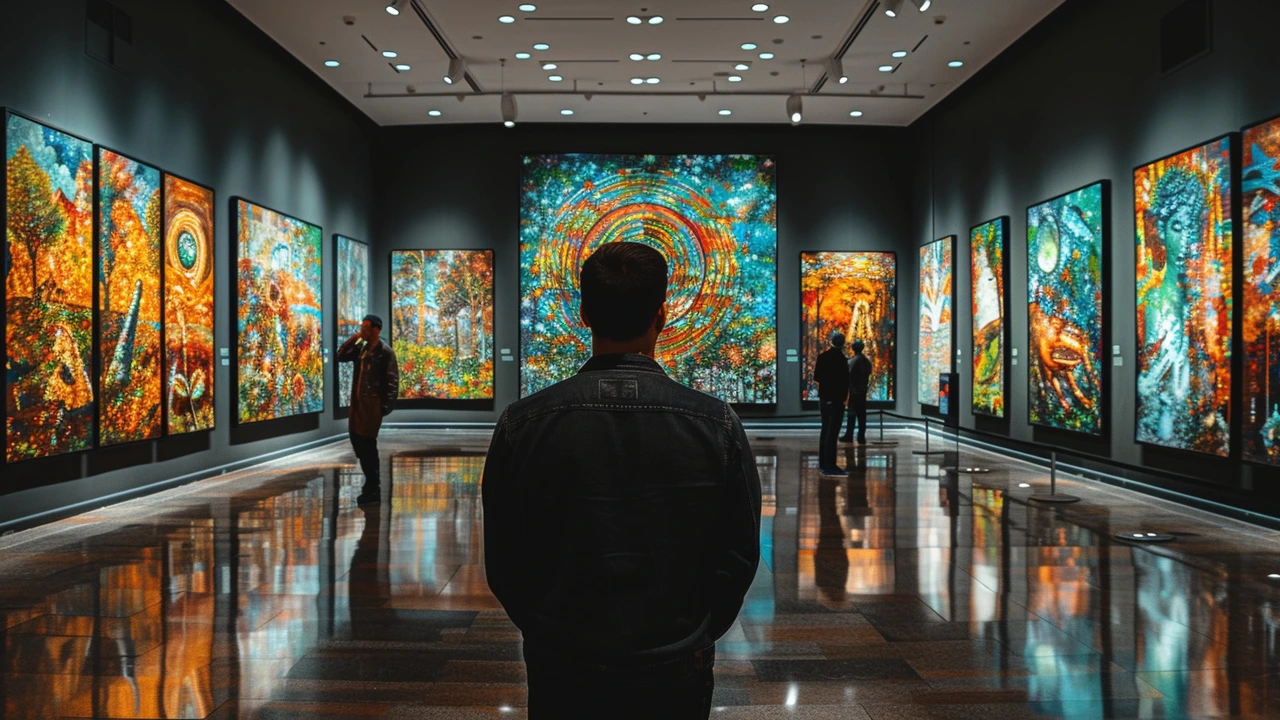Artistic Simplicity
Artistic Simplicity is a mindset, a set of choices that strips work down to its clearest message. When you remove the extra, what's left must work. That pressure forces better decisions about shape, color, and meaning.
Start by picking one idea to share. Ask yourself: what is the single emotion, story, or form I want viewers to notice first? Make that the anchor of the piece and let everything support it or disappear. Limiting the concept makes composition easier and the final work more memorable.
Limit your palette. Choose two or three colors and use tints and tones for variety. A small palette ties elements together and reduces visual noise. You can get a dramatic effect with one strong accent color against neutral fields.
Use negative space like a tool, not an absence. Areas left empty guide the eye and give weight to the element you keep. Think of empty space as breathing room for the viewer; it raises the value of what remains.
Simplify shapes. Replace complex details with basic geometry - planes, curves, straight lines. That doesn't mean crude work; it means choosing shapes that say more with less. Many modern movements, like Bauhaus and De Stijl, built powerful visuals from simple forms.
Edit ruthlessly. After a first draft, remove one element and see if the work gets stronger. Repeat until every piece serves the main idea. This 'subtract to improve' loop sharpens focus faster than adding more.
Control texture and mark-making. A single bold brushstroke, a scratch, or a clean wash can communicate mood better than many competing textures. Be deliberate: each mark should feel necessary.
Scale matters. A small detail becomes louder when surrounded by calm; a large simple shape dominates. Think about how the viewer will encounter your work—on a phone, wall, or window—and choose scale to support your message.
Limit materials and tools. Working with fewer brushes, papers, or software tools forces creativity within constraints. Set a rule: three tools max for a piece. Constraints push you to find clever solutions instead of relying on more gear.
Practice focused studies: create 15-minute pieces where you must express an idea with one color, one shape, and one mark. These drills train decision-making and help you see when a detail is unnecessary.
Balance precision with human touch. Cold minimalism can feel sterile; a small irregularity or visible hand-made mark keeps work feeling alive without clutter.
If you want examples, check Bauhaus and De Stijl pieces on this site to see how reduced forms can still be rich. For contrast, photos in photorealism show how simplicity differs from detail-heavy approaches—both have value but teach different lessons.
Try applying one of these rules to your next piece and compare the results. You might find that doing less gives your work voice.
Join quick challenges: limit time, palette, or tools and post results. Feedback from peers will show what actually reads well. Repeating short experiments builds confidence and helps spot what to remove next time and finish even stronger.

